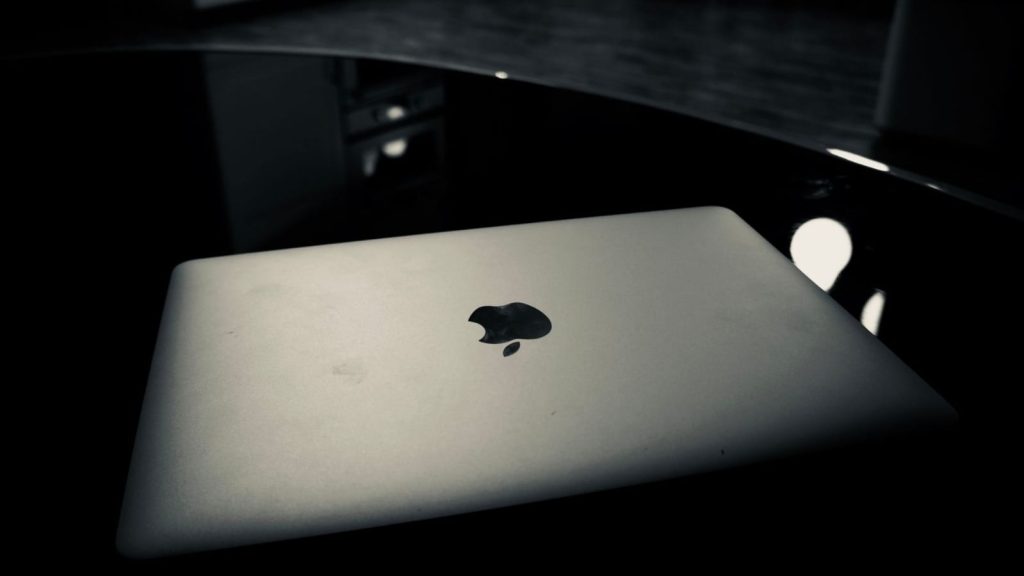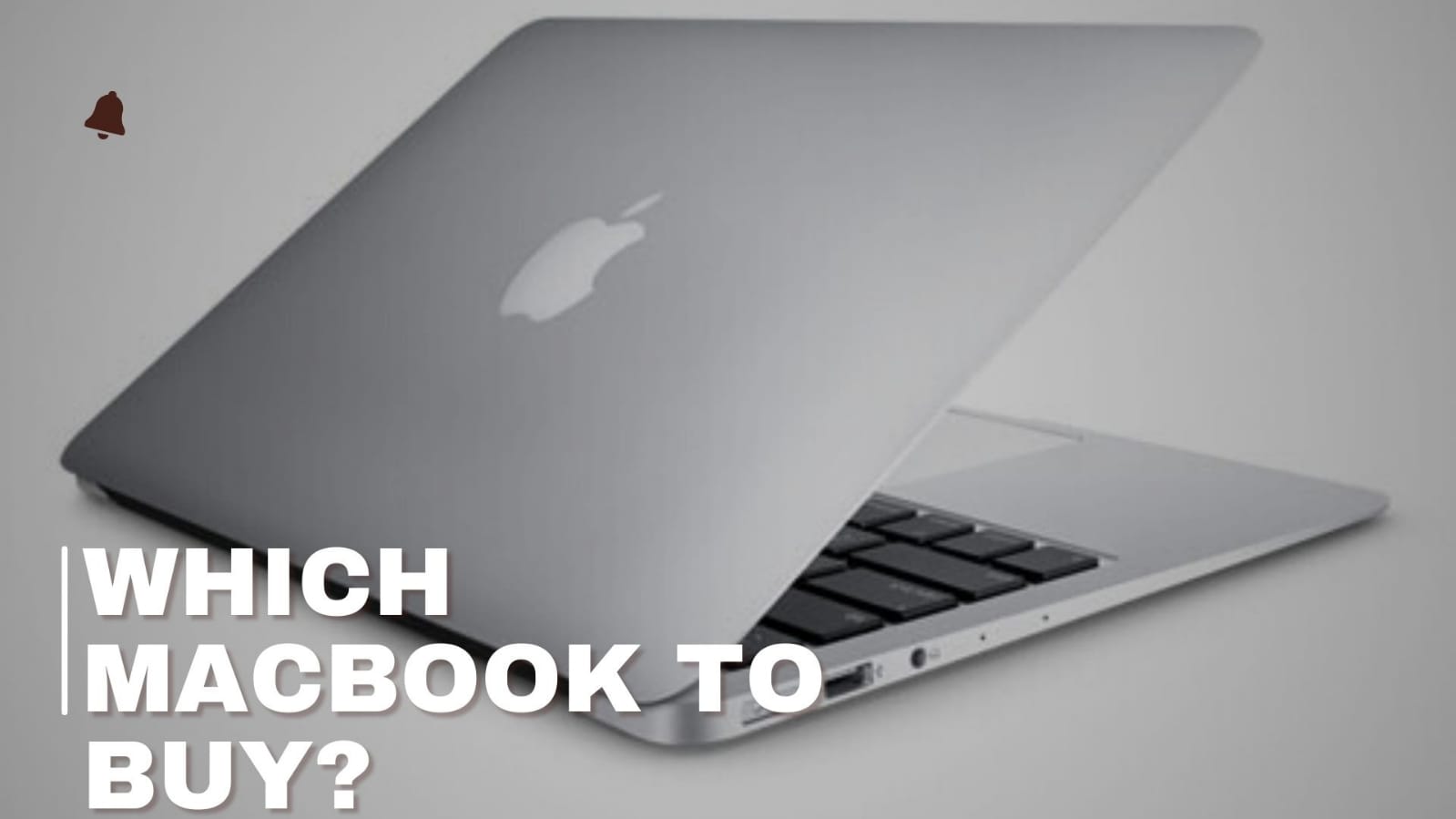This is the new MacBook Air M3. It’s the 13-inch, this is the 15, and this is the MacBook Pro, also with the M3. And I want to figure out whether you should go for the Air or the Pro. Because Apple has just refreshed the 13 and 15-inch Airs for 2024 with the new M3 chip, which is the same 3 nanometer Apple silicon used in the base model 14-inch Pro, we also now get Wi-Fi 6e and the ability to output to two external monitors, albeit with the laptop lid closed, so technically still only two screens.
All together, it’s a fairly modest upgrade, I’m sure you’ll agree, and of course the M2’s had a price cut down to £999, replacing the old M1 Air as the entry-level MacBook with the 13-inch M3, starting at £1099, but then we have the MacBook Pro. This is the 14-inch, also with the M3 chip, the base model MacBook Pro, and this replaces the older 13-inch Pro that had the touch bar. The Pro also has a bigger brother in the form of a 16-inch model, and you can also spec it with an M3 Pro and M3 Max chips, so this can get ludicrously expensive, but in this video, I’m comparing the M3 Air and M3 Pro, so hopefully by the end, you have a better idea which one’s right for you.
So let’s kick off with the price. The M3 Air base model is £1,099, £16.99, or $50.99; actually, it’s $100 cheaper, but that doesn’t include sales tax in the US. So there is some price variation around the world, obviously.
So let’s talk specs, and as I said, they all use the M3 chip, although, as I’ll explain in a minute, the Pro can be a fair bit quicker. The Pro also gets 512GB of storage as standard, double the Air’s 256GB, and a 10-core GPU as standard, versus 8GB on the Air. Although you can pay $100 more or just upgrade the RAM, which automatically gets you the extra graphics cores,.
Fine, what is frustrating though, particularly with the Pro laptop, is that these all come with 8GB of RAM as standard and 8GB of memory, which is the same amount as we got with the M1 Air from 4 years ago. For the Pro, especially, I think it’s a bit unforgivable that it still comes with 8GB. And I would absolutely pay the $200 extra to get 16GB of RAM, regardless of which one of these you go for. Because you can’t upgrade it yourself, you should probably budget an extra $200, regardless of which one you go for. I know. I hate it too.

So realistically, the MacBook Air has two main advantages over the Pro. It’s cheaper, and it’s more compact. We have lost the tapered edge of the outgoing M1 Air, and it does now share a very similar design with the Pro, notch and all, and while it’s not like that because the Airs are 13 and 15 inches and the Pros are 14 and 16, the Air is a good deal thinner and lighter. To give you an idea, this 15-inch Air is actually 40 grams lighter than this 14-inch Pro, and it’s about four millimeters thinner. Does it make a big difference carrying it around, putting it in a backpack, and opening it on a train or in a coffee shop? I’d argue no, not really. Although I do quite like the starlight and midnight color options we get with the Airs, it is a shame that the Pros just come in plain old silver or space gray, unless you go for a higher spec and unlock the midnight option.
More importantly, though, as I get confused about which laptop is which and move these aro
und my desk, the MacBook Air is a fanless design. There are no fans in this, so no matter what you’re doing, it runs completely silent. So I definitely appreciate the Air’s form factor, but in my mind, the chunkier Pro makes up for it in other ways. Firstly, it does have fans. When you are gaming, rendering, designing, 3D editing, or whatever more demanding thing it is you’re doing, then they wear up and help keep the chip cool, which means you get less throttling and better sustained performance, and we’ll come back to that in a second. The Pro also squeezes in more ports. Both laptops get two USB-C Thunderbolt 4s, a MagSafe charger, and a headphone jack, but the Pro also gets a full-size SD card reader and an HDMI 2.1. So photographers and videographers, like myself, definitely appreciate having that. And if your monitor is like the one I’m reviewing right now, it’s the new LG 32-inch 4K OLED gaming monitor. It’s very, very nice, but it doesn’t have a USB-C port. I can then at least use the HDMI.
Of course, both the Airs and the Pro get the same fantastic touchpad and keyboard. We also have the Touch ID power button; there are no differences there. But we do have to talk about the speakers, because both 14- and 16-inch Pros pack in six high-fidelity speakers with force-canceling woofers. And versus the air, it’s a much richer, more bassy, and just fuller sound. However, the 15-inch Air does actually get six speakers compared to the 13-inch Air, and it does sound noticeably better. I want them back. I want them back. I want them back. So this is kind of a halfway house between them, but certainly the Pro does still sound noticeably better.
For me, though, the biggest difference between the Air and the Pro is the screen. MacBook Air, 60 hertz, 500 nits, LCD. MacBook Pro, 120 hertz, 1600 nits, mini-LED. Okay, taking those things in turn, First, the higher refresh rate on the Pro means that moving objects on the screen just look smoother and more fluid. It’s also a brighter screen, which makes HDR content just look better. But for me, the big difference is the mini-LED technology. It’s the same thing that’s in the 12.9-inch iPad Pro, and it means that you get a much greater contrast ratio, which means that blacks look blacker, and it’s just a more immersive experience when you’re watching movies or playing games.

Leave a Reply